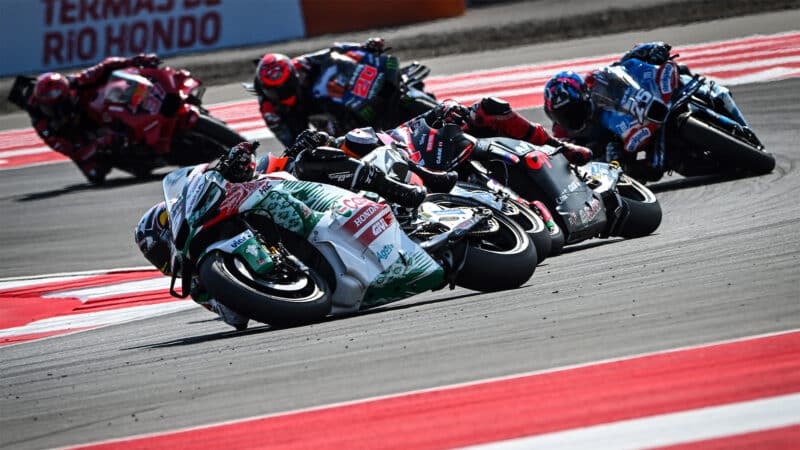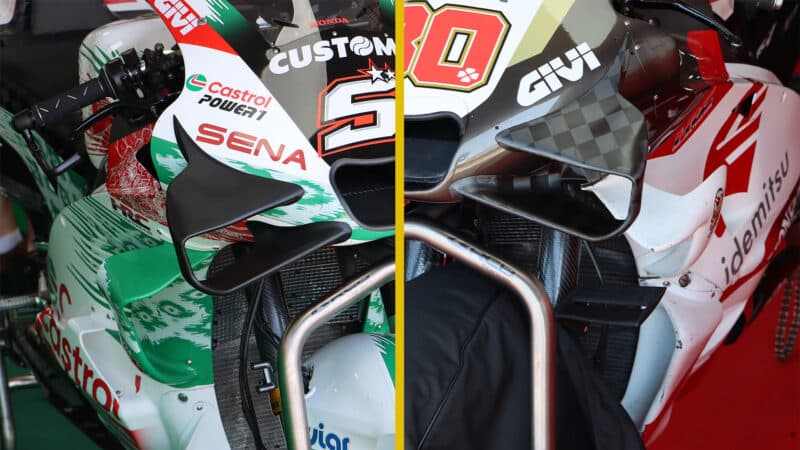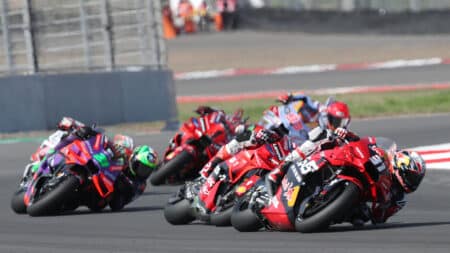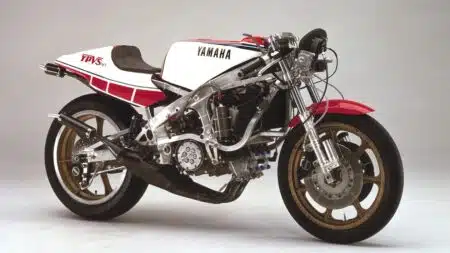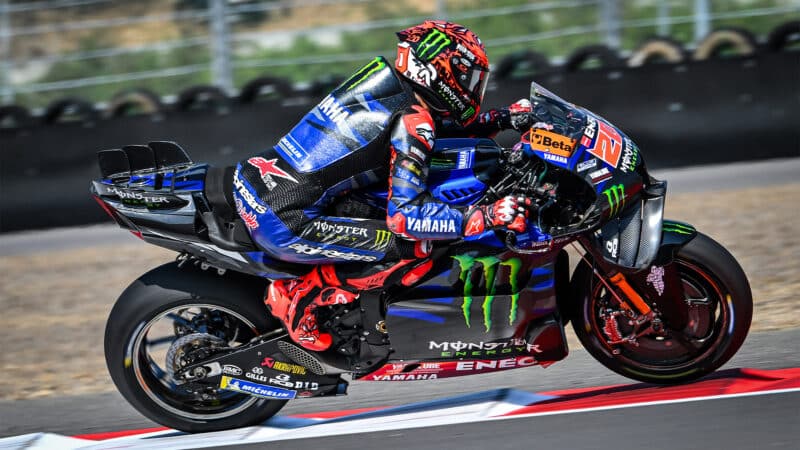Last Sunday’s Indonesian Grand Prix was the first time this year that two Japanese motorcycles have finished inside the top ten: Fabio Quartararo’s Yamaha in seventh and Johann Zarco’s Honda in ninth, which was, believe it or not, Honda’s first top ten of 2024. There were reasons – lots of crashes and perhaps the special heat-resistant rear slick – but nonetheless Honda and Yamaha riders were talking up their chances for the first time in many months.
For Honda especially the turnaround has been sudden, because Zarco was very downbeat, just three races ago.
“Something needs to work and at the moment we haven’t had any steps and that’s why it’s less and less fun to race, because you know you won’t be able to fight,” said the Frenchman at last month’s San Marino GP.
Both factories have been using MotoGP’s new concession rules (written to get them back in the game and stop them quitting like Suzuki did at the end of 2022) to undertake frequent tests, but apparently with little progress.
Until the post-San Marino tests, where a substantially upgraded RC213V gave Zarco and Repsol riders Joan Mir and Luca Marini some hope. Honda has had the worst downforce for ages, but the new fairing introduced at that test has transformed the bike’s turning ability, because more downforce means more grip, which means better turning.
Zarco finished Sunday’s Indonesian GP 15 seconds behind the winner. Compare that to the second GP of 2024 at Portimao, where he took the chequered flag 38 seconds down. In that same race Mir was Honda’s top finisher, 29 seconds behind the winner. So there’s no doubt that Honda is making progress.
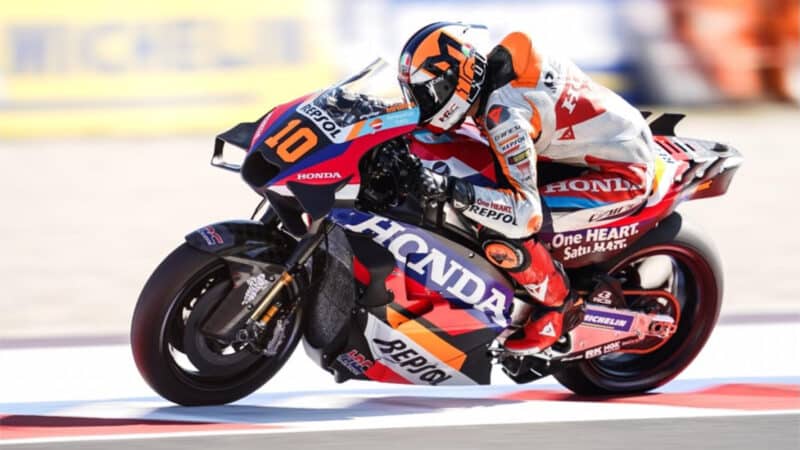
Marini with the new bodywork. “The turning is better with the new fairing,” he says
Honda
“It is part of the process,” says Marini. “The most important thing is that the bike is growing.
“Since the Misano tests the turning is better with the new fairing, we are faster in the corner-entry phase and we have a new swingarm which helps us with our corner-entry feeling – now the floating feeling that the Honda historically has is a bit less. In this phase the bike has improved so much.”
Zarco agrees. “We have improved the turning and also the stability in fast corners, which helps a lot. Now that we have better things we can try different settings, but we need time to adapt to find a good base setting. We are still far from the winning bikes, so we are still in this development moment, but we have a much better base than at the beginning of the year.”
While Zarco, Marini and Mir use the new aero, Takaaki Nakagami continues with the old aero, presumably for back-to-back data.
Honda’s improvement in performance has created a much-needed boost in morale, a vital consideration, not only for the riders, but also for the engineers, mechanics and team management.
“Many of the Japanese engineers are saying thanks to me and it’s nice when they say, ‘Thank you’, I really appreciate it,” said Zarco, who preceded Sunday’s ninth place with eighth in Saturday’s sprint, both from seventh on the grid, by far his best qualifying performance of the year. “Clearly the motivation and confidence are growing and now I am happier getting on the bike.
“At the beginning of the season we couldn’t fight for the top ten and now it seems we can do it. And I feel that when you are in a good group you get another energy that pushes you to stay focused and ride even better. It’s a pleasure to catch something that feels like a victory.”
Both Zarco and Marini are clear where the RC213V is really lacking.
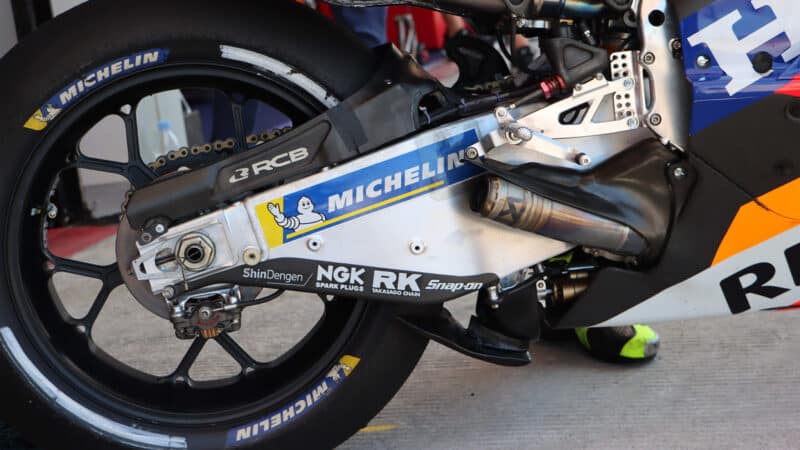
New RC213V swingarm has reduced the “floating feeling” which has haunted Honda riders for some years
“Our weak point is acceleration, which isn’t so much a rear-grip issue,” Zarco explains. “We are not able to go forward because we are fighting wheelies and some movement from the rear of the bike. That’s also why I lose positions at start of races. I think it’s more mechanical than electronics or engine – it’s more like the balance of the bike. The step we did at Mandalika was in braking – we made a huge step. Now we need to improve the turning some more and acceleration.”

